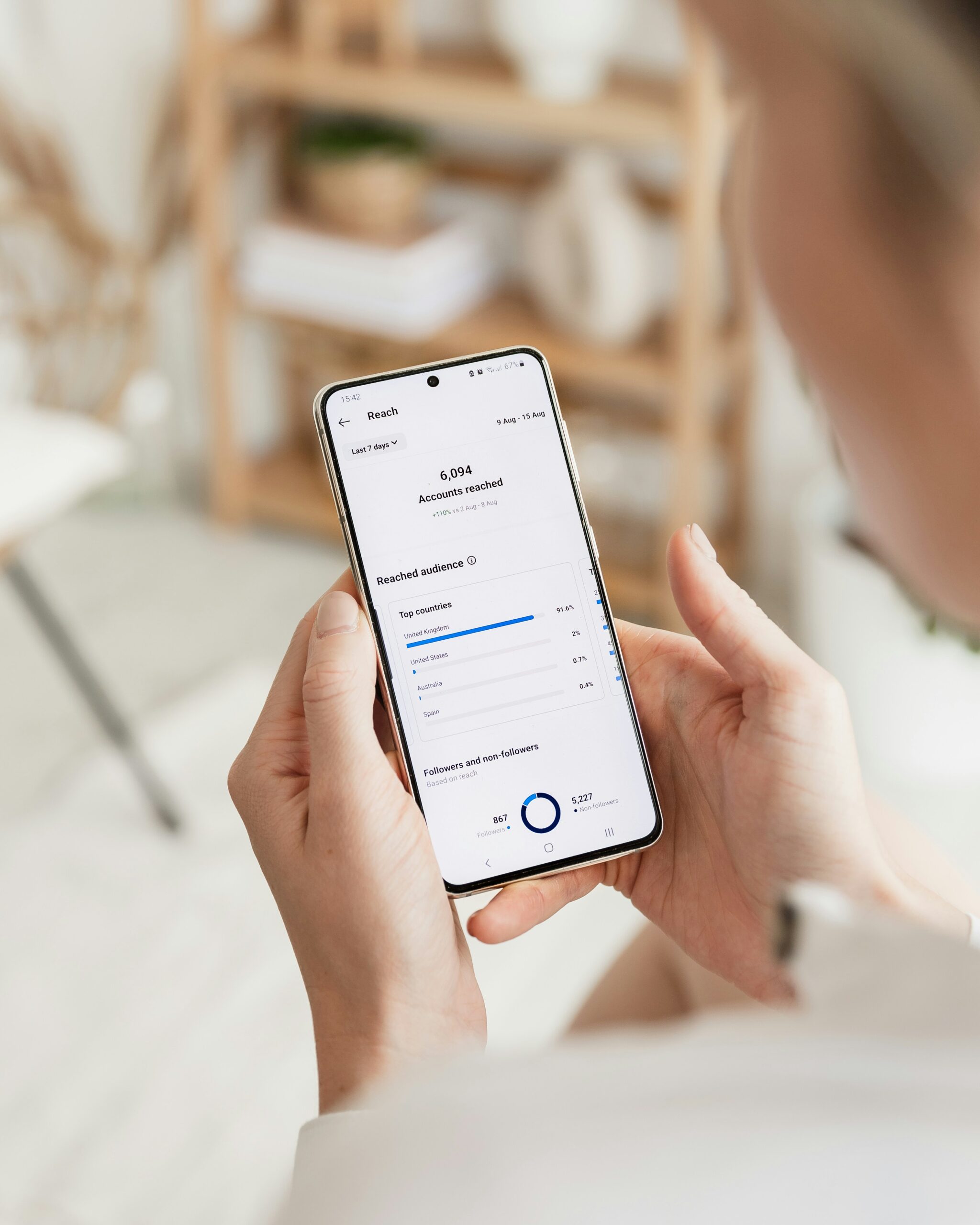
Running a small business means wearing a lot of hats. You’re managing operations, keeping customers happy, and probably doing a dozen other things at once. And somewhere in the middle of all that, there’s marketing — one of the most important (and sometimes trickiest) parts of running a business, especially when you’re just starting up and looking to gain traction. But when your marketing clicks, great things happen:
- People start recognizing your brand
- Sales grow steadily over time
- Customers keep coming back
But if you’re not seeing those results yet, you’re not alone. Maybe you’ve been trying different marketing ideas but still aren’t getting the traction you hoped for. The good news? Turning things around doesn’t have to be complicated.
With the right approach — and a few smart strategies — you can start seeing real improvement. Some tactics just make a bigger impact than others, and those are the ones worth focusing on.
Here are five marketing tips that can help your small business stand out and start seeing better results.
Do Your Research
When it comes to marketing, every decision you make should be backed by real information — not just gut feelings. That’s where market research comes in.
Market research helps you understand the people most likely to buy from you — who they are, what they care about, and what problems they’re trying to solve. By digging into things like demographics, interests, and pain points, you’ll get a clearer picture of your audience and how to reach them.
The more you know about your customers, the better your marketing will be. Make research one of your first steps and don’t be afraid to invest time (and maybe a little budget) into it — it’ll pay off in smarter, more effective campaigns later on.
Pick Your Marketing Channels
There are tons of ways to advertise your business — from social media and email marketing to Google ads, print materials, and beyond. And while many of them can be effective, trying to do everything at once usually isn’t realistic. It takes too much time, too much money, and often delivers only a small return.
Instead, focus on the channels that give you the best results for your effort. That’s where your market research really comes in handy — it helps you figure out where your audience actually spends their time and what kind of content gets their attention.
Put your energy (and budget) into those high-performing channels, and you’ll start seeing stronger, more consistent results over time.
Outsource to Professionals
If your marketing isn’t getting the results you want, it might come down to a lack of in-house expertise — and that’s completely understandable. Hiring a full-time marketing professional or team can get expensive fast, and for many small businesses, it’s just not in the budget.
But that doesn’t mean you have to do it all yourself. Outsourcing certain tasks — like social media management, SEO, or content creation — can give you access to expert help without the cost of a full-time hire. With the right marketing agency, there shouldn’t be anything to worry about. You’ll have smoother, more efficient marketing plans.
If design isn’t your strong suit, hiring a designer to create some templates for you can be another great cost-effective way to elevate your marketing without breaking the bank. See some of the services we offer here!
Focus on Your Unique Selling Point
Marketing isn’t designed just to let potential customers know you’re there. Instead, it’s supposed to get your brand out there while persuading people to buy from you. You’ll need to differentiate yourself from competitors as part of this, and your unique selling point (“USP”) plays into this.
Your unique selling point is your company’s hook, and it encourages potential customers to buy from you instead of your competitors. Make sure you know what your USP is so you can highlight it as much as possible through your marketing campaigns.
Monitor & Review
Once your marketing strategy is in motion, it’s important to actively track its performance. Monitoring key performance metrics allows you to see what’s working and identify areas that need improvement before the campaign ends.
Use analytics tools to measure key metrics such as engagement, conversion rates, and ROI (I have a few on this page which I personally use). If certain tactics aren’t performing as expected, try adjusting your approach and see how that impacts results.
After the campaign wraps up, take time to review the overall outcomes. Compare your goals with the actual results to understand what contributed to success and what fell short. This insight is essential for refining future campaigns and ensuring your marketing becomes more effective over time.
Improving your small business marketing doesn’t have to be overly complex. With consistent monitoring, clear goals, and data-driven adjustments, you can make steady progress and achieve stronger, more reliable results!






